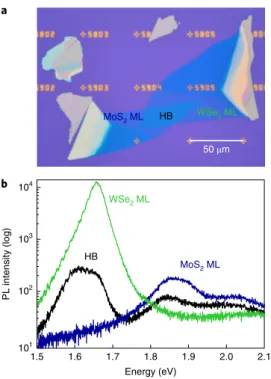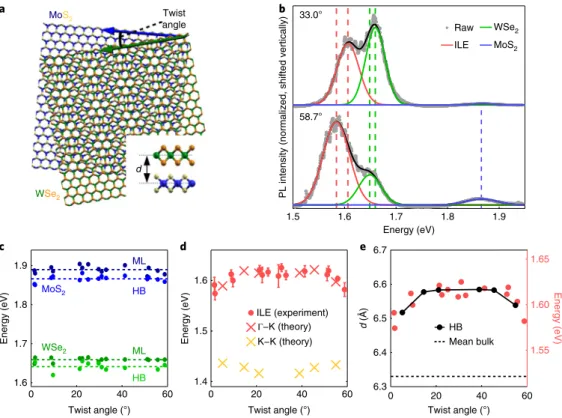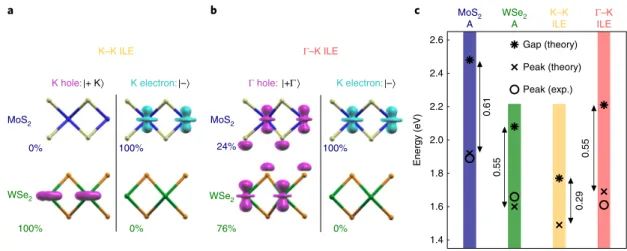1
Momentum-space indirect interlayer excitons in transition-metal dichalcogenide van der Waals heterostructures
Volltext
Abbildung



ÄHNLICHE DOKUMENTE
Here, we report on an alternative approach to realize an extremely broadband cw fluorescence light source, which is based on a fiber with multiple-doped cores pumped by a single
Herr Meister scheint zu spüren, daß sich auf unserer Seite eine Irritation ausbreitet, und macht folgendes Angebot: "Vielleicht sag ich Ihnen mal ganz kurz was über meine
In the present contribution, I illustrate by means of describing the initial sequences of a theme-centred interview including the events in the interview- relationship, as well as
In table 2 three data sets are given: one concerning the routine method in the participating laboratories, one concerning the Hertz 9 technique and one concerning the direct
CTD, Rosette, salinities Ocean Physics John Love Marie Robert Cruise Psychology University of Szczecin Anna Flak O2, reversing thermometers Ocean Physics Bernard Minkley
Our repeat hydrography section continues to be a joint program with Canadian JGOFS. A CTD survey along Line PR6 was completed. DMS was analyzed in sea water at the same stations to
We consider an impurity driven mixing of the Kramers doublet and in section 3.1 an admixture mechanism where the electron spin relaxes due to either a piezoelectric phonon or
The present investigation was undertaken with the aim of studying the behaviour of the 420 K glow peak in deformed NaCl: TI phosphors as a function of